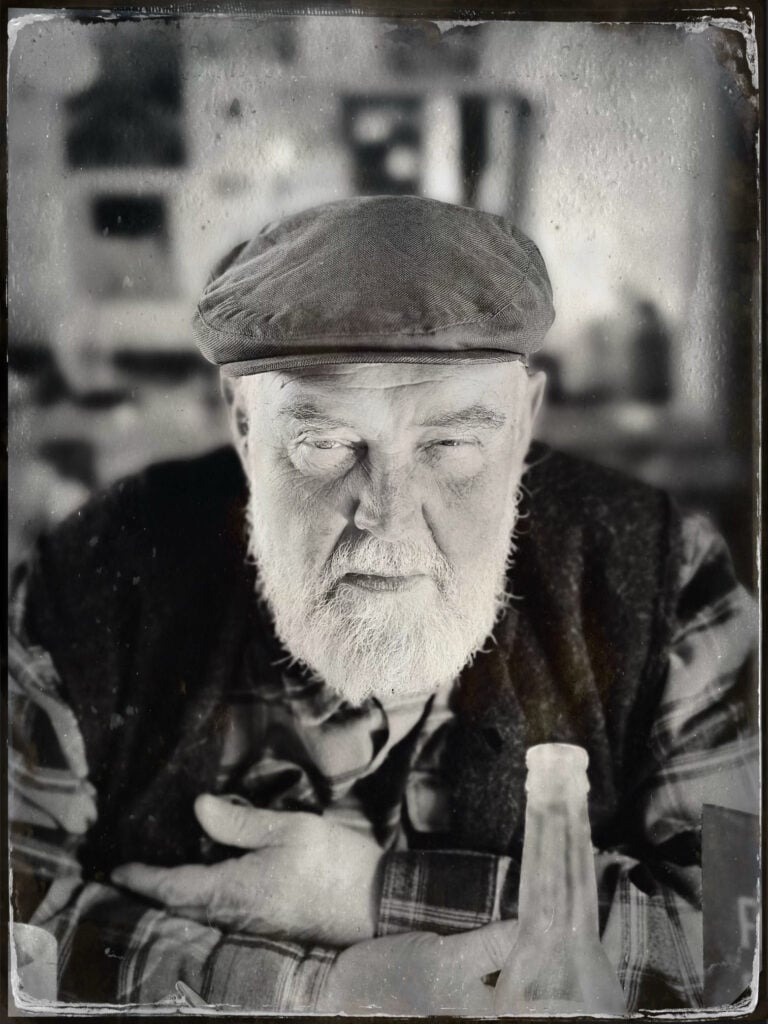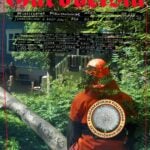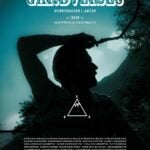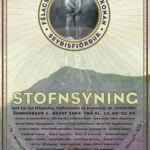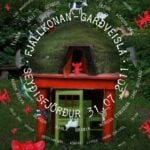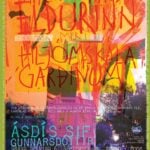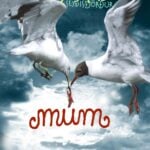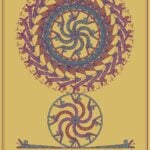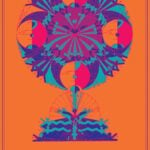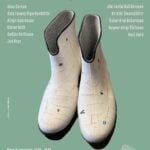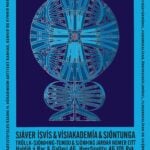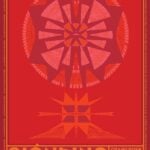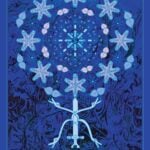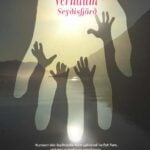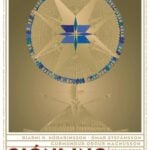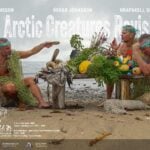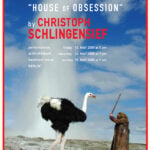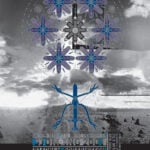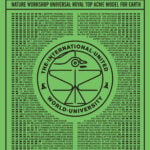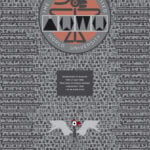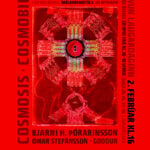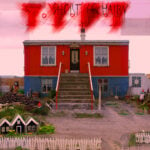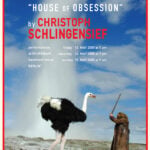Guðmundur Oddur Magnússon—known as Goddur—is among the most renowned and experienced graphic designers in Iceland, with a storied career both as a designer and a professor of graphic design at the Iceland University of the Arts. Currently, he is working on documenting the journey of his own profession—specifically, the use of multiplied visual language in Icelandic print media, as he puts it. It’s a fitting occasion to delve into a selection from his design oeuvre, which spans several decades.
Goddur retired from his position as a professor of visual communication at Iceland University of the Arts four years ago, but he still teaches there, as he still enjoys it. Says Goddur, “the current arrangement suits me well, allowing me more time for creative work and research, doing what I find enjoyable. I must say I have zero patience for meetings or bureaucratic paperwork.”

Although his own design journey is long and fruitful, Goddur claims not to see it as distinct phases when looking back. Nevertheless, he acknowledges certain influences when it comes to visual presentation. “The influencers are several, and they make their impact through record sleeves and magazines that only discerning artists pay attention to. Subsequently, within five to ten years, these conceptual ideas become widespread and what we call ‘mainstream.’ My creative vision primarily emerged during the years from 1980 onwards, into the first decades of the new century. It was a time of significant transformations, what with the digital revolution. Also, during this time, we stopped referring to our profession as advertising illustration and started calling it graphic design.”
He also points out that everyone inevitably draws inspiration from their contemporaries. “We are all born into the zeitgeist and our place in the world. No one in creative fields is as original as they believe themselves to be. While ideas cannot be copyrighted, copyright is based on execution—how one carries out their own stylistic expressions of an idea.”

To Be Content with What One Does
Goddur himself hasn’t worked at an advertising agency since returning to Iceland from his studies on the west coast of Canada in 1990 at Emily Carr University in Vancouver B.C. Instead, he quickly started teaching and has been working independently alongside his teaching ever since. But is he particularly pleased with any specific projects he has worked on—something that, in his opinion, stands out from his body of creative work?

“I personally choose projects related to aspects of cultural life: museums, galleries, concerts, albums, lectures, and so on. It means having full authority to create works that one is personally satisfied with. My profession is, of course, a service-oriented field, but there’s a significant difference between service and servitude. What’s most important is to be content with what one does. There are no specific standouts when it comes to my work— except perhaps in the eyes of others.”
Which seems a foregone conclusion as his work has been published in numerous books on graphic design, such as; 55°North: Contemporary Scandinavian Graphic Design published by Laurence King, London (2002), Graphic Design for the 21st Century (2003) and Graphic Design NOW, by TASCHEN (2003), North by North, Scandinavian Graphic Design, Die Gestalten, Berlin (2002), ROMANTIK, Die Gestalten, Berlin (2004), Randscharf On the cutting Edge: Design in Iceland, Die Gestalten (2011), TRANSFORME, V.I.A., Paris (2004), and Scandinavian Design Beyond the Myth, Arvinius Förlag (2003), to name a few.






